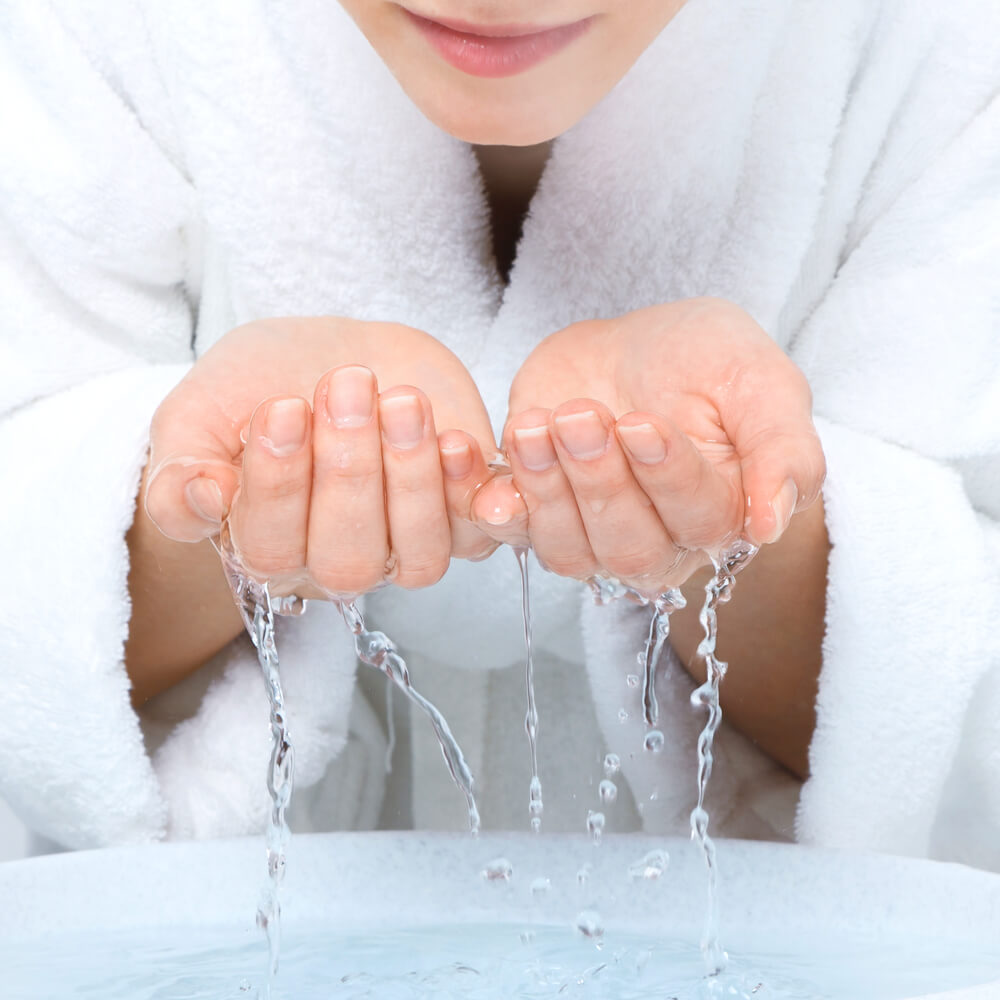Hot and cold running water used to be the definition of a luxurious residence, but now it’s something that even the most basic lodgings are expected to provide. This abundant access to clean, temperature treated tap water is one of the amazing amenities of modern life, unfortunately, tap water isn’t always as clean as it should be. Your local water treatment plant does its best to filter, process, and manage water in a way that ensures it’s clean and safe to drink when it comes out of your tap, but sometimes circumstances along the way compromise the clarity of your home’s water supply.
So Many Old Pipes
We’ve had running water for so long that most people have forgotten about life without it. On one hand, this is a good thing but on the other, it means that there are many pipes that were laid decades ago and continue to channel water, long since forgotten by maintenance and replacement schedules. Old pipes are, in fact, the number one most dangerous thing about any home water system. The reason for this is because they are often made of things that we now know release dangerous particles into water over time. Among the worst are lead and iron.
Lead and Iron Tap Water Contamination
One of the worst things anyone can be exposed to in a mostly safe modern life is lead in the water. Lead is a heavy metal and when someone consumes even a little bit of it, they are at risk for heavy metal poisoning, something especially dangerous to children. Lead poisoning can result in developmental delay, learning disabilities, mood disorders, appetite and weight loss, fatigue, abdominal pain and upset, hearing loss, seizures, and eating things that aren’t food. It comes from decaying old lead pipes, something we know better than to use now but some lead pipes still in place in old systems. Iron in water, thankfully, isn’t nearly as likely to cause major health problems but can result in serious skin irritation along with a profoundly bad taste.
Pipe Replacement or Whole-Home Filtration
If your water tests positive for lead, iron, or both, there is probably an old decaying pipe somewhere between you and the water treatment plant, the only question is where. If you are a homeowner, you have the option of examining and replacing all the pipes in your home and the “last mile” pipes buried on your property between your home and the city water main. Getting to these pipes will involve varying amounts of effort and complexity depending on which pipe or section of pipes seems to have gone bad. If it’s in your home, a hole may need to be cut in an interior wall to reach the bad sections. However, if the problem is somewhere beyond your control in the municipal water line, your only option may be to install a whole-home filtration system.
Water filtration systems are used to solve a wide variety of water cleanliness problems, from a local contamination of your water source to not-so-tasty well water, to low-quality city pipes dumping rust or contaminates into your home water. Some people even use it to reduce the amount of chlorine and fluoride that was added by their city for safety reasons. Fortunately, by filtering every drop of water that comes through your home, you can ensure that nothing bad gets in or even comes out the garden hose. From rusty, leaky, or lead pipes to a local environment hazard, sometimes whole-home filtration is your family’s best chance to say healthy and safe.
Corroding and decaying pipes made of non-optimal alloys are perfectly normal in old city lines but they are also incredibly dangerous for the families whose homes run contaminated water. If you are seeing signs of rust or suspect lead in your tap water, you can run tests at home to get a clear picture. Should the results be conclusive and the pipes are beyond your control to do anything about, whole-home filtration can help keep your taps clean and your family healthy. For more information about filtration systems near you, contact us today.






